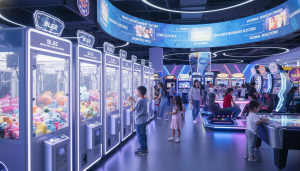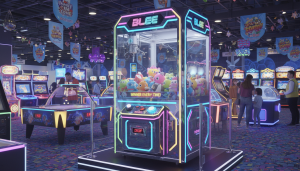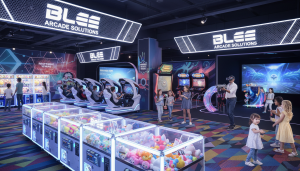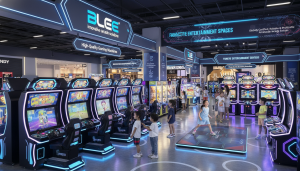Introduction
Indoor game rooms serve as havens for entertainment, social interaction, and a diverse array of gaming experiences. The planning and curation of an indoor game room are crucial in offering an immersive and enjoyable setting for individuals of all ages.
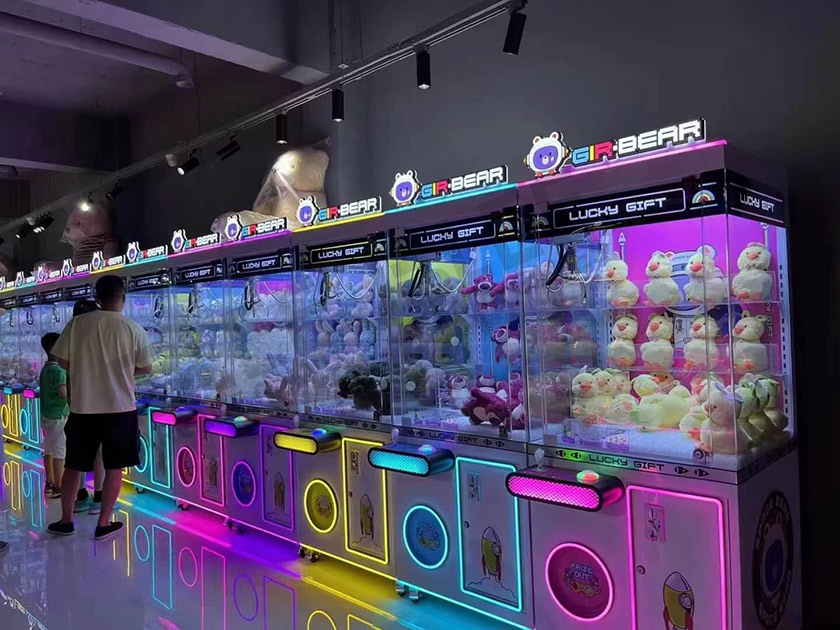
Section 1: Space Design and Layout
1.1 Utilizing Space Efficiently
An effective game room design maximizes available space. It involves strategic placement of gaming stations, seating areas, and game-related accessories, ensuring that the room is both functional and visually appealing. The layout should consider traffic flow, allowing easy movement between different gaming zones.
1.2 Theming and Ambiance
Creating an engaging atmosphere through theming and ambiance is pivotal. Whether it’s a retro arcade vibe, a modern esports setting, or a cozy lounge feel, the theme should be consistent and inviting. Lighting, decor, and sound systems contribute significantly to setting the desired ambiance.
1.3 Comfort and Ergonomics
The comfort of gamers is essential. Choosing ergonomic furniture, such as gaming chairs and well-designed seating, prevents fatigue during extended gaming sessions. The layout should provide adequate space for movement and ensure proper ventilation and temperature control.
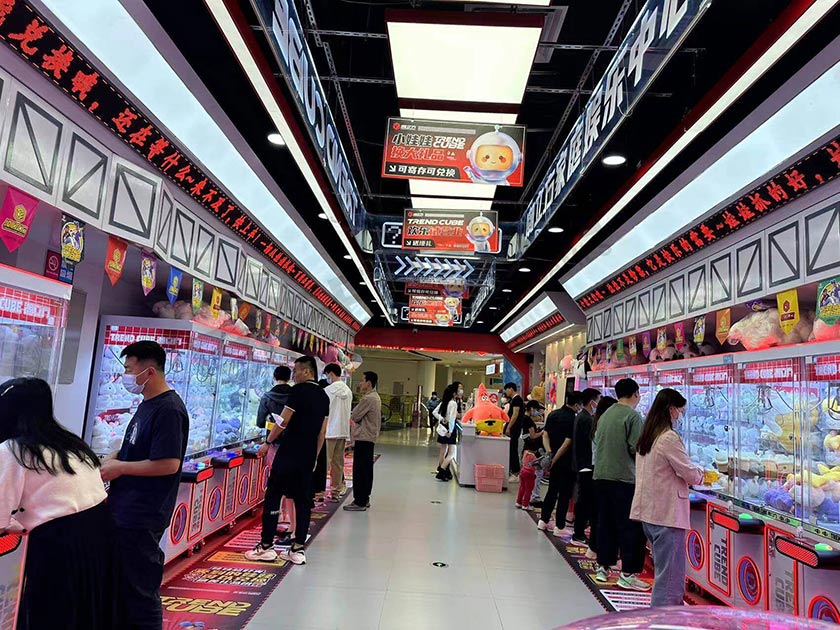
Section 2: Gaming Equipment and Technology
2.1 Gaming Consoles and PCs
Offering a diverse range of gaming platforms is fundamental. Providing the latest consoles, powerful gaming PCs, and a variety of classic consoles caters to the preferences of different gamers. The hardware must be regularly updated to keep up with technological advancements.
2.2 Display Screens and Monitors
High-quality display screens and monitors are pivotal in delivering an immersive gaming experience. Choosing the right size, resolution, and refresh rates enhances gameplay visuals. Consideration should be given to different types of gaming experiences, from single-player adventures to multiplayer gaming.
2.3 Peripherals and Accessories
Incorporating a wide array of gaming peripherals, including controllers, keyboards, mice, and virtual reality headsets, enriches the gaming experience. Offering diverse options allows gamers to customize their playstyle and explore various gaming genres.
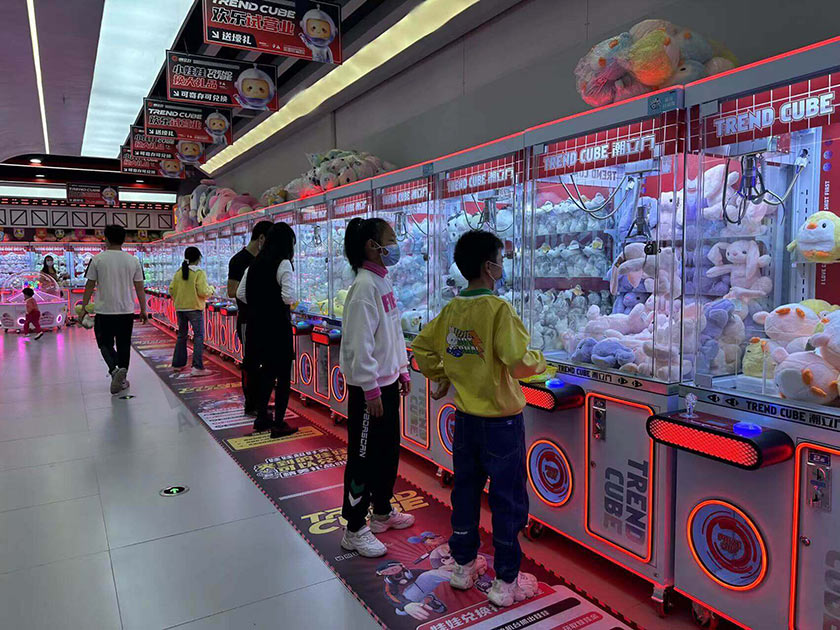
Section 3: Game Selection and Diversity
3.1 Diverse Game Library
A comprehensive game room must offer a diverse library of games. Ranging from popular AAA titles to indie games, and including various genres such as action, adventure, strategy, and simulation, ensures there is something for every gamer’s taste.
3.2 Retro Gaming Section
Dedicating a section to retro gaming consoles and arcade machines appeals to nostalgia and offers a unique gaming experience. Classic games and arcade cabinets add charm and attract gamers who appreciate vintage gaming experiences.
3.3 Regular Game Updates
Frequently updating the game library with new releases and content expansions keeps the gaming environment fresh and exciting. Engaging in player feedback for game suggestions and preferences contributes to a dynamic gaming room experience.
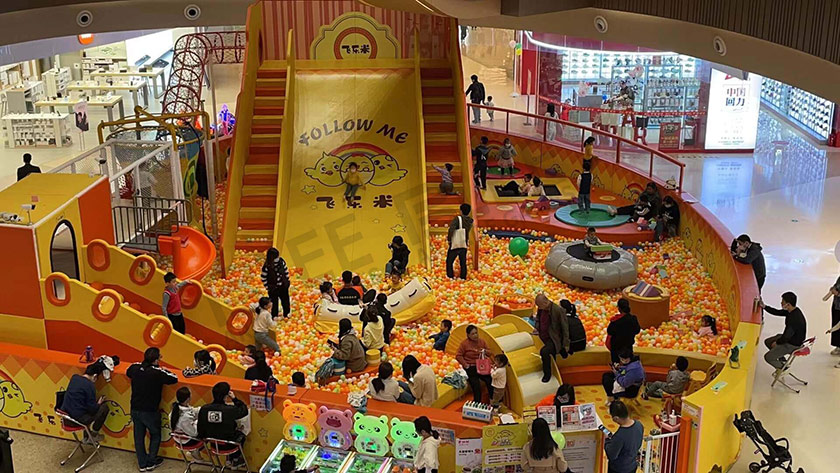
Section 4: Social and Community Integration
4.1 Multiplayer and Party Gaming
Creating a space for multiplayer gaming and hosting gaming parties fosters social interaction. Planning events and tournaments encourages friendly competition and strengthens the gaming community.
4.2 Streaming and Content Creation
Providing facilities for content creation and streaming setups enables gamers to share their experiences and engage with a broader audience. Streaming stations equipped with high-quality microphones, cameras, and streaming software enhance community involvement.
4.3 Community Engagement
Engaging with the gaming community through social media, forums, and organized meet-ups fosters a sense of belonging. Encouraging community feedback and suggestions for improvements is key to maintaining a vibrant gaming ecosystem.
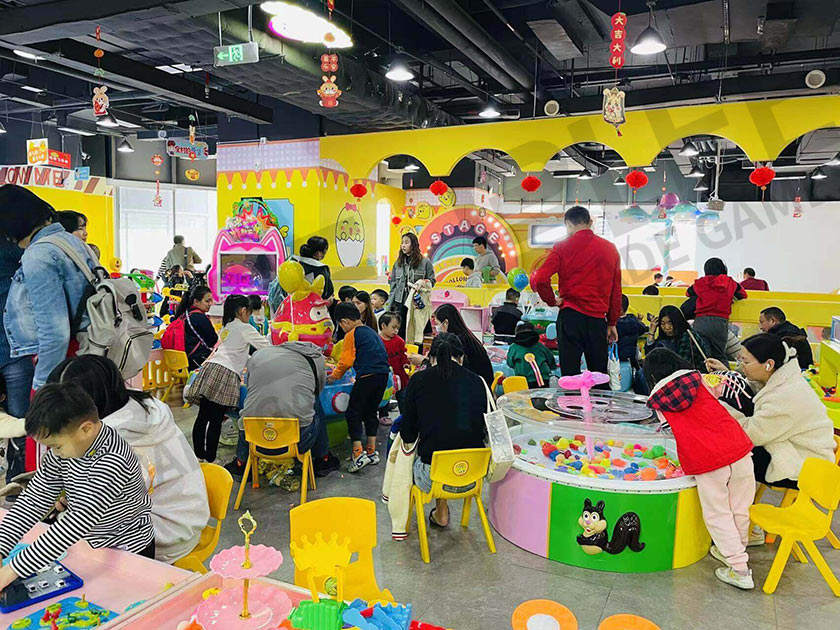
Section 5: Maintenance and Upkeep
5.1 Equipment Maintenance
Regular maintenance of gaming equipment, including consoles, PCs, and peripherals, is crucial for uninterrupted gameplay experiences. Implementing a maintenance schedule and promptly addressing technical issues ensures a seamless gaming environment.
5.2 Cleanliness and Hygiene
Maintaining cleanliness and hygiene in the game room is imperative. Regular cleaning of gaming stations, seating areas, and restrooms creates a pleasant and inviting atmosphere for gamers.
5.3 Security and Safety Measures
Implementing security measures, such as surveillance cameras and restricted access to certain areas, ensures the safety of both equipment and individuals using the game room.
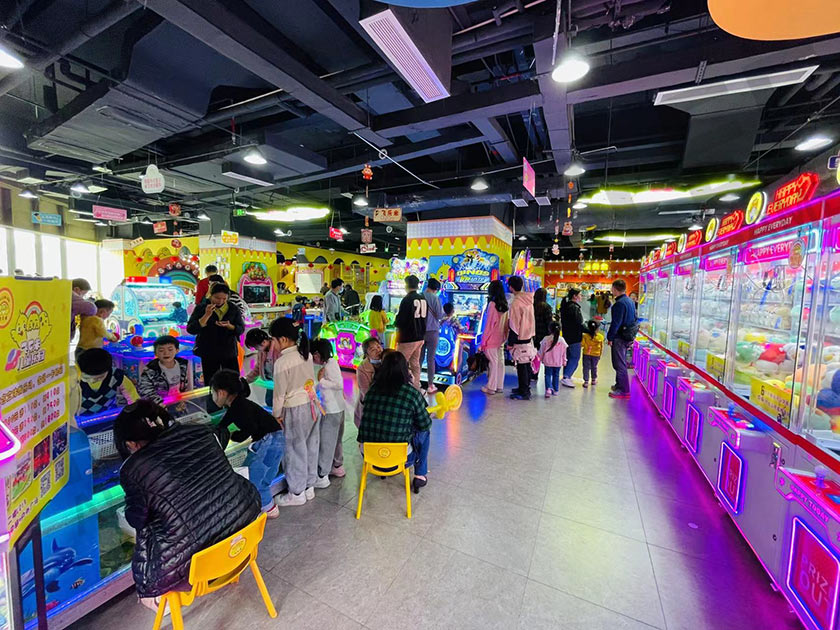
Conclusion
Crafting an exceptional indoor game room involves a meticulous blend of space design, technology integration, game diversity, community engagement, and maintenance. A well-designed game room provides a welcoming space for gamers to immerse themselves in their passion, connect with others, and enjoy a diverse range of gaming experiences. Constantly evolving and adapting to new gaming trends and technologies is key to maintaining a thriving game room environment that captivates and excites gamers of all types.

